Quick and Easy Warm-Up Exercises to Do Before Your Workout

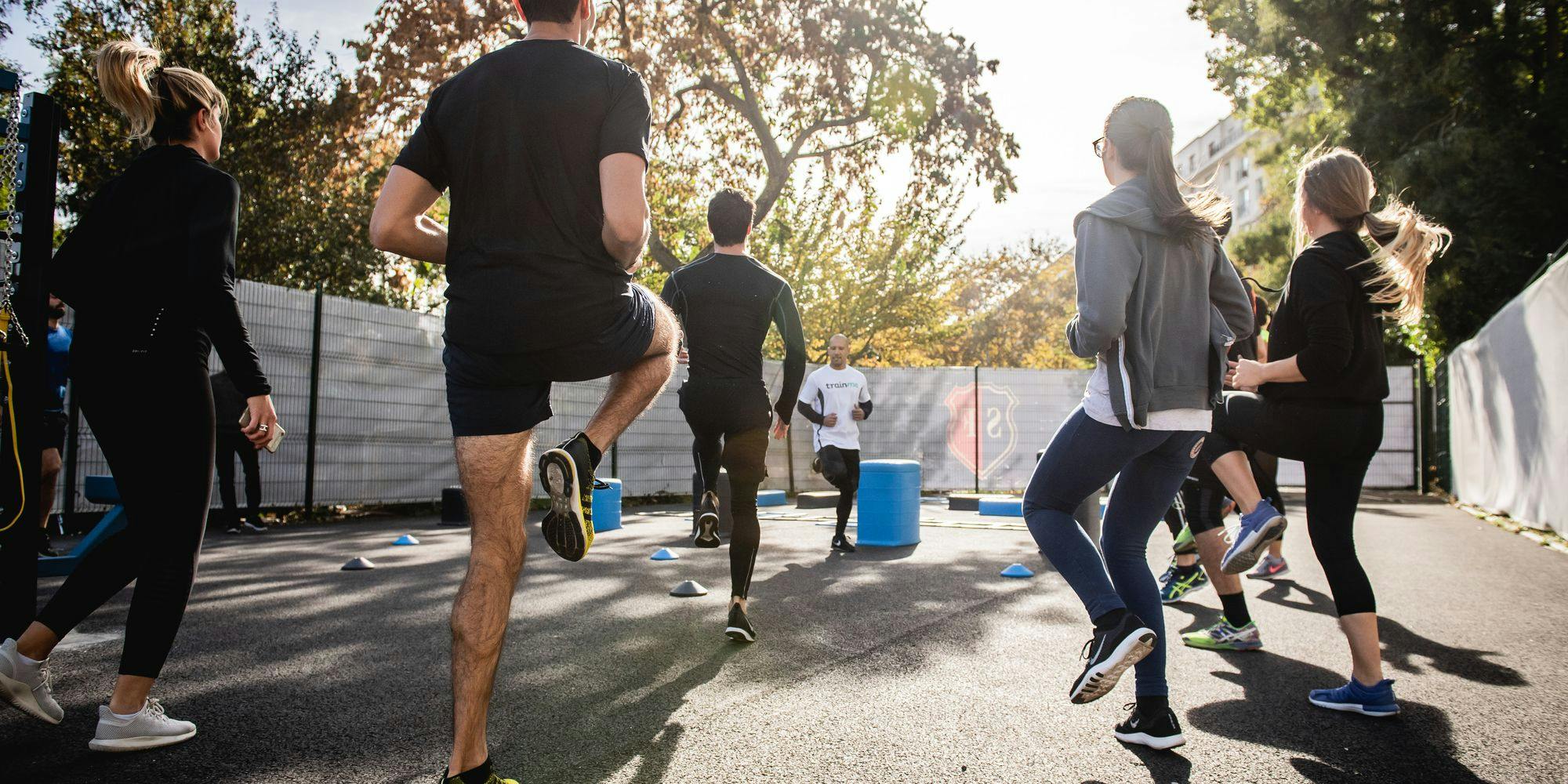

A warm-up before physical activity is a pre-exercise regimen of easy motions and exercises that you do before starting a more demanding or intense physical activity. The main goal of a warm-up is to get your body ready for the exercise or session that is coming up. In order to prepare both your body and mind for more challenging exercises or activities, it's essential to engage in a dynamic warm-up prior to physical activity. Several significant goals are accomplished by a well-done warm-up:
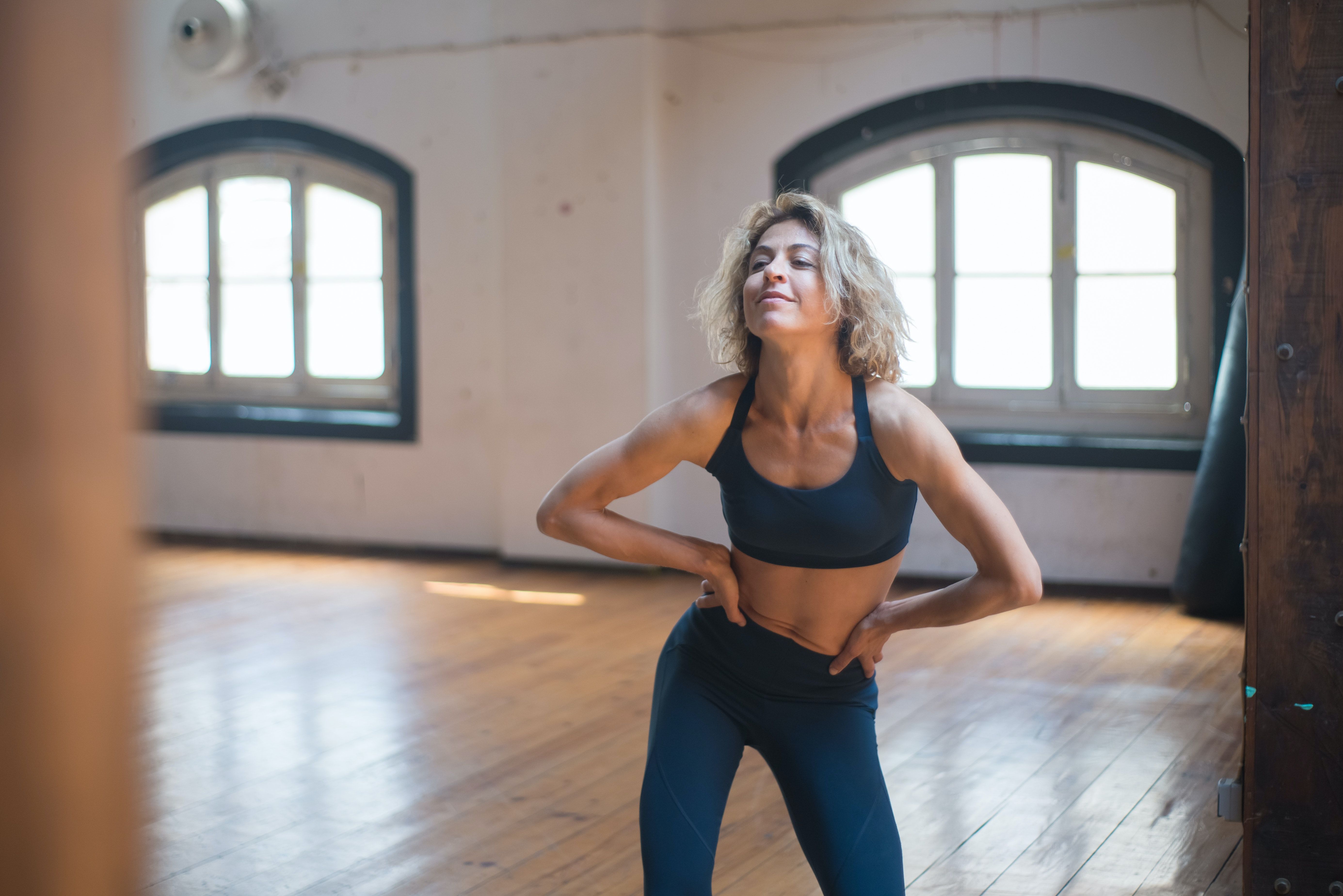
Benefits of Warm-up Exercises
- Raise Muscle Temperature: One of the main objectives of a warm-up is to increase your muscles' core temperature. Muscle strains and injuries can be less likely since warm muscles are more pliable and sensitive.
- Better Blood Flow: During a warm-up, your heart rate and blood flow to your muscles both rise. This promotes greater energy production and muscle function by improving the flow of oxygen and nutrients to your working muscles.
- Improve Joint Mobility: Warm-up activities that focus on joint mobility help you increase the range of motion in your joints. Your range of motion during your workout will be more fluid and effective thanks to your enhanced flexibility.
- Nervous System Activation: A warm-up activates your nervous system, improving the communication between your muscles and brain.
- Mental Preparation: A warm-up provides an opportunity to mentally prepare for your workout or activity. It allows you to focus on your goals, strategy, and form, reducing stress or anxiety associated with exercise.
- Injury Prevention: Gradually stepping up the intensity of your warm-up helps your body become ready for more strenuous exercise, lowering the danger of abrupt, serious injury. In sports and intense workouts, this is extremely important.
- Less Muscular Stiffness: A warm-up helps to lessen muscular stiffness, which makes it simpler to move across the full range of motion. Exercise technique and performance as a whole can be enhanced by this.
- Improved Performance: When you warm up your muscles properly, you may exercise with more strength, endurance, and power because your muscles are more responsive and effective. Improved physical performance may result from this.
- Quicker Recovery: By reducing post-exercise muscular pain and stiffness, a well-designed warm-up will help you recover from your workout more quickly.
- Long-Term Health Benefits: Regular warm-up exercises can increase flexibility, lower the risk of chronic injuries, and improve general fitness and wellbeing.
Exercises that progressively raise your heart rate, enhance blood flow to your muscles, and prime your body for more strenuous physical activity are all part of a proper warm-up routine. A 10-minute dynamic warm-up provides more time for a thorough preparation of your body for physical activity. This extended warm-up routine is suitable for a wide range of workouts and sports activities. Here are some efficient and easy warm-up exercise examples to add to your routine:
Brisk Walking or Light Jogging:
Start your warm-up by briskly walking or lightly jogging for 5–10 minutes. This cardiovascular exercise with low impact helps to boost blood flow and heart rate.

Jumping Jacks:
Jumping jacks are a wonderful exercise that will increase your heart rate and work several different muscle groups. They should be done for 1-2 minutes.
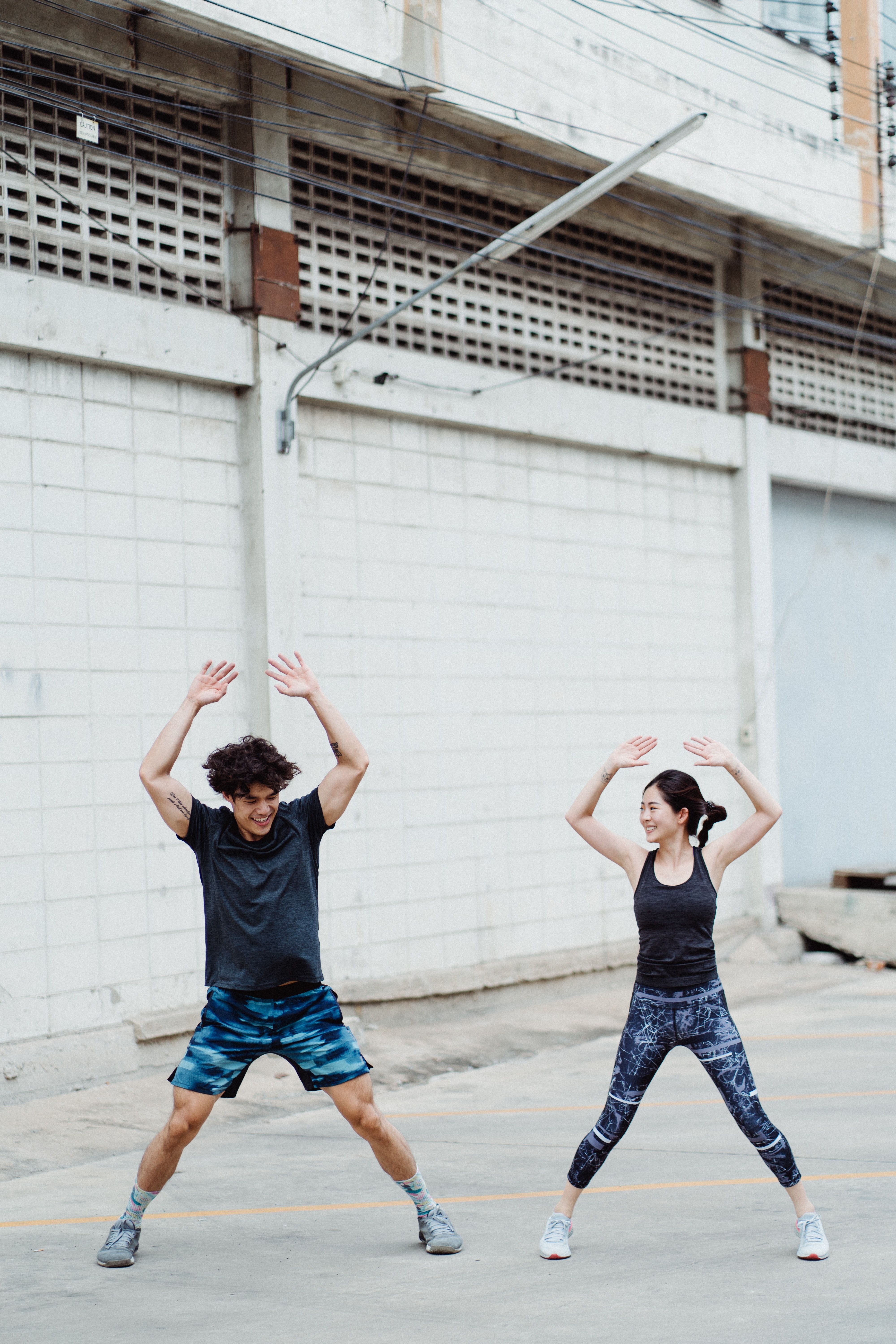
Arm Circles:
Stand straight-armed out to the sides with your feet shoulder-width apart. Make little circles with your arms and then progressively enlarge them. Perform this for 30 to 60 seconds in each direction.
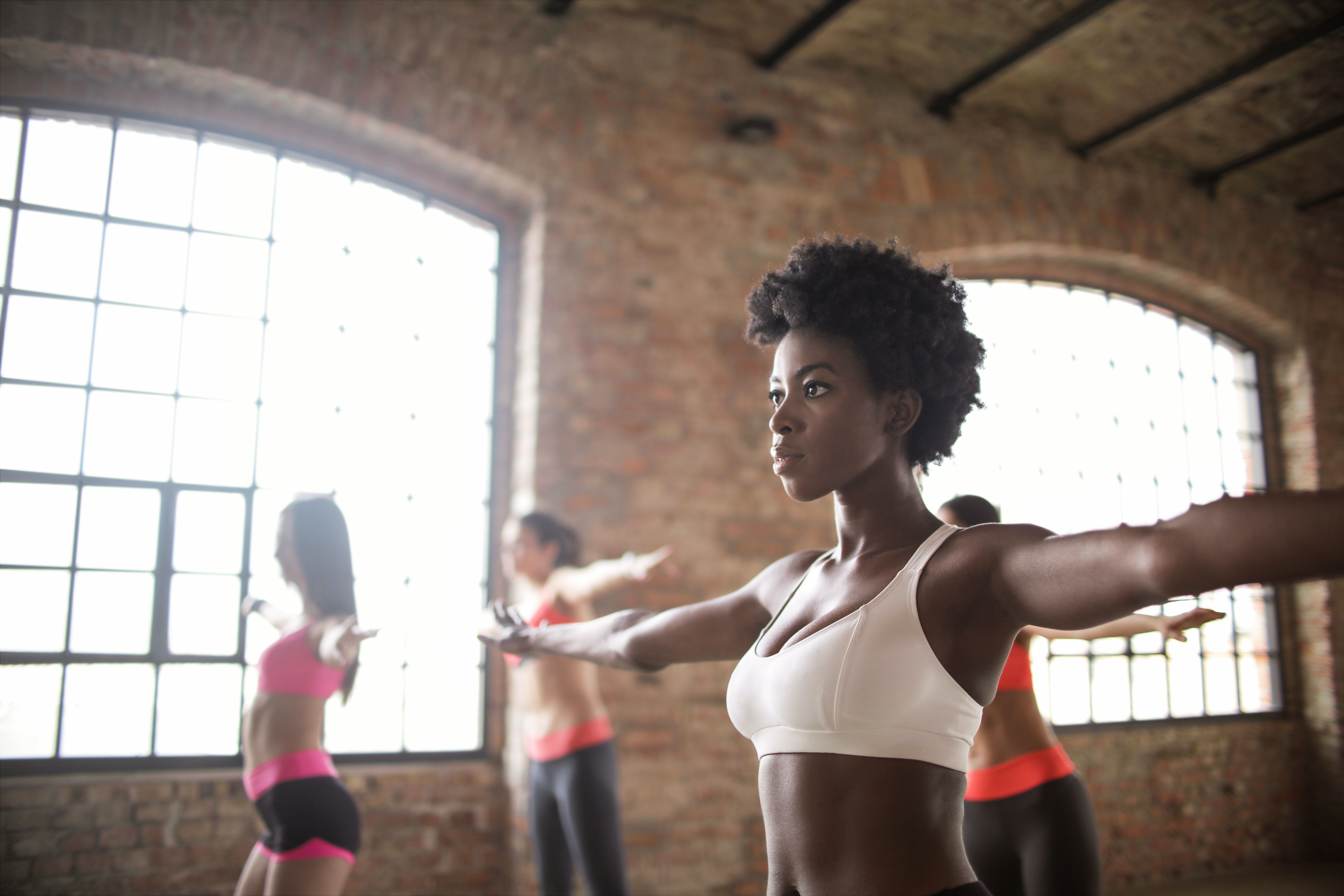
Leg Swings:
For balance, stand near a wall or other support. Swing one leg slowly and deliberately forward and backward. ten to fifteen swings per leg. Afterward, swing your legs side to side once more for 10 to 15 swings on each side.
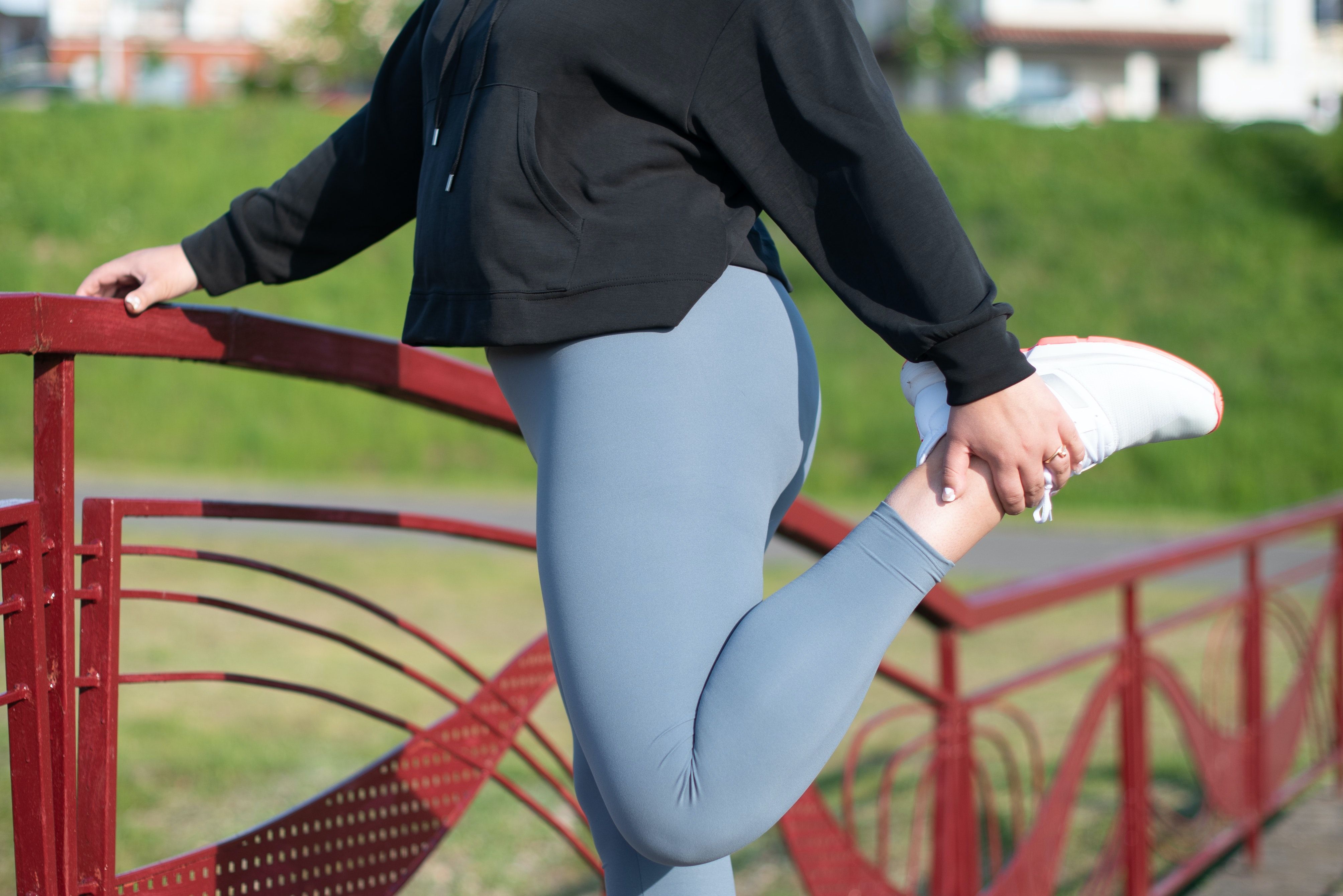
Hip Circles:
Put your hands on your hips while standing with your feet shoulder-width apart and move your hips in a circular motion. Rotate your hips in a 30-second clockwise and 30-second counterclockwise motion.
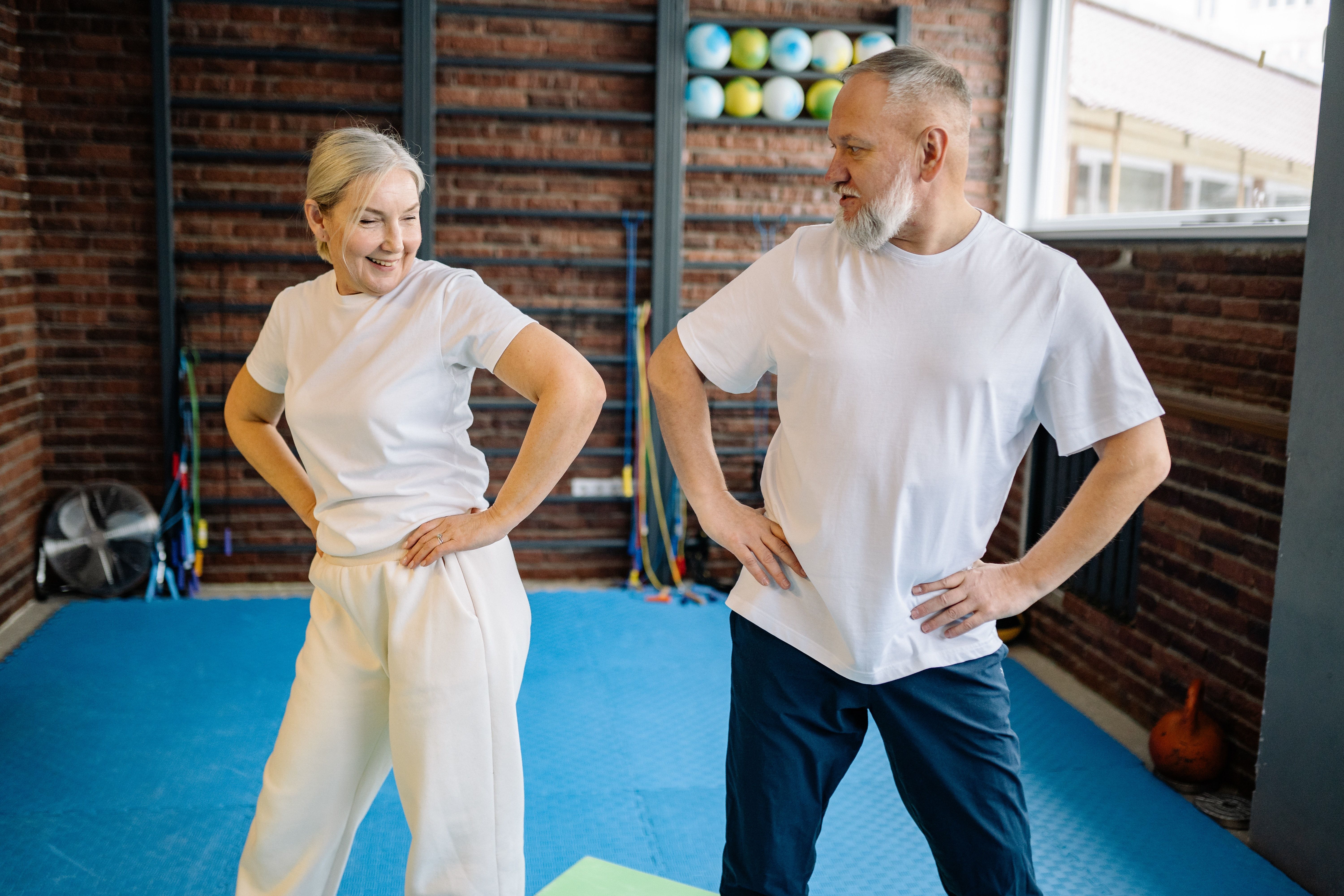
Arm Swings:
Stand with your feet shoulder-width apart and move your arms slowly and deliberately forward and backward. Do this for 30 to 60 seconds.
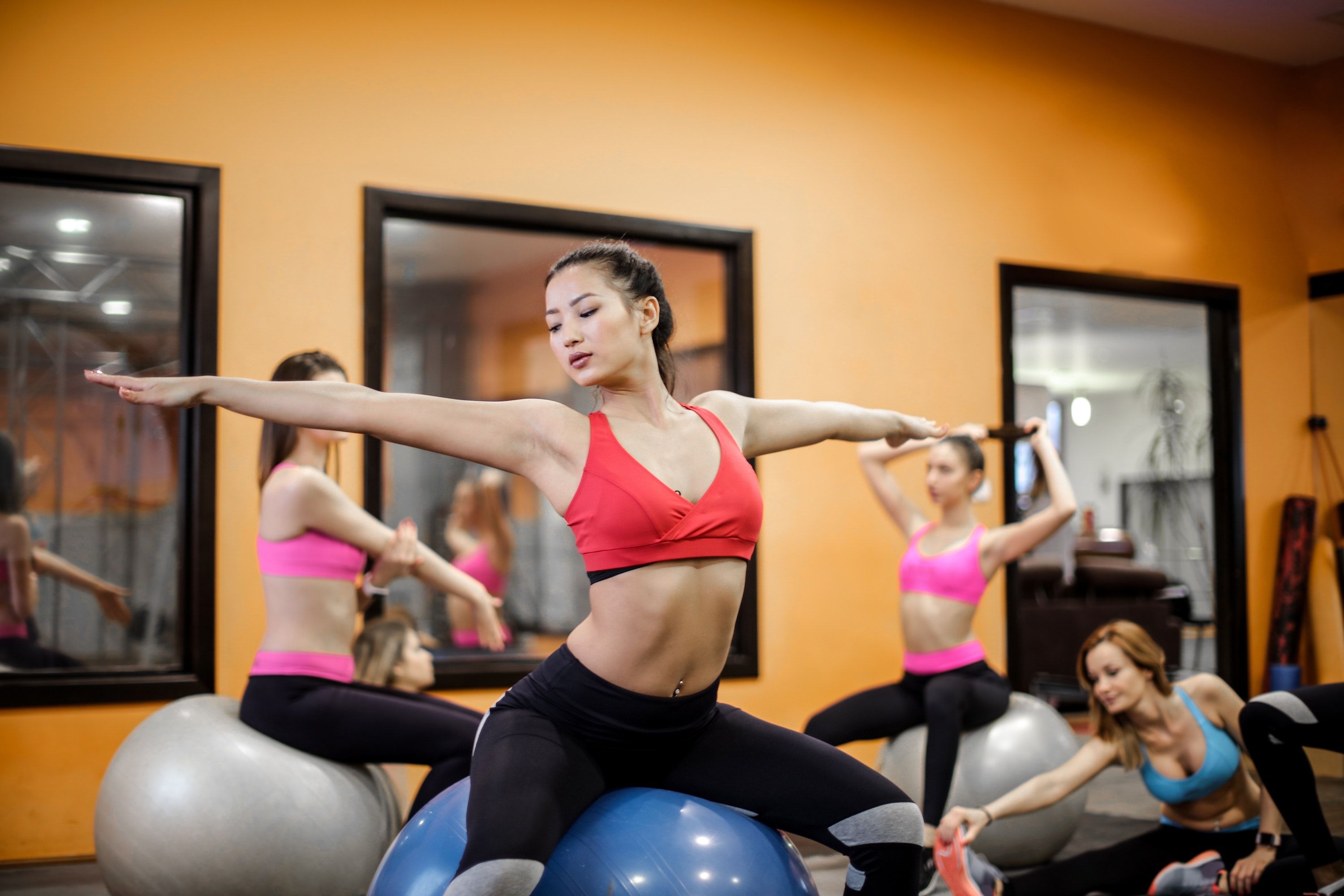
High Knees:
Move forward while extending your knees as high as you can comfortable while doing so. Do this for a minute or two.
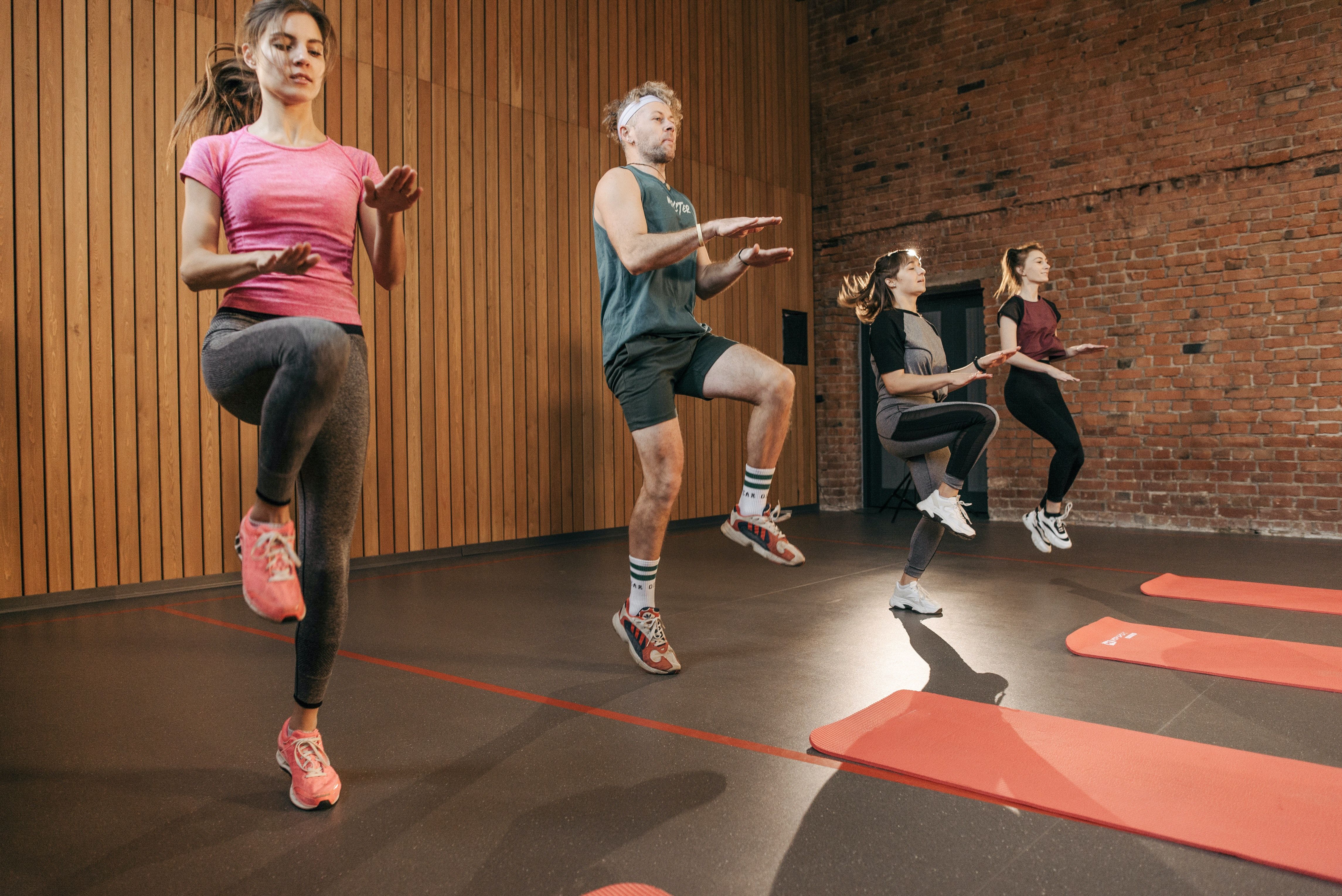
Butt Kicks:
March while kicking each stride of your heels up towards your glutes. Spend 1-2 minutes doing this exercise.

Torso Twists:
Standing with your feet hip-width apart and your arms outstretched to the sides is a good posture. Keep your feet still while rotating your torso first to one side, then the other. Do this for 30 to 60 seconds.

Ankle Circles:
Lift your feet off the floor and take a seat on the floor or on a chair. Circularly rotate your ankles, first in one way and then the other. Perform 10 to 15 ankle circles.
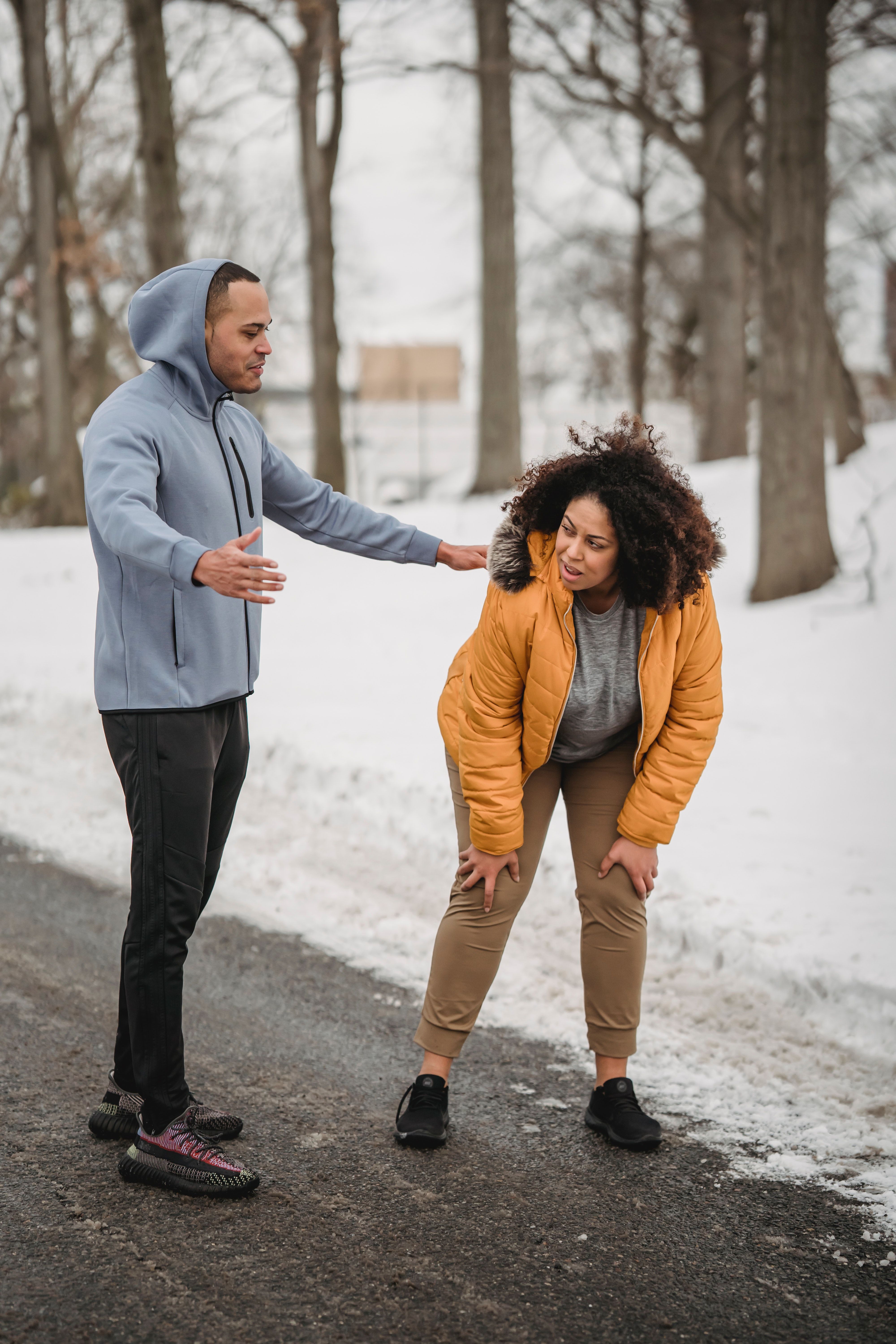
Bodyweight Squats:
Squat your body weight while maintaining appropriate technique. Your lower body muscles will be used during this workout to help prepare them for more strenuous ones. Perform 10 to 15 reps.

Push-Ups or Modified Push-Ups:
You can incorporate a few pushups or modified pushups to train your chest, shoulders, and triceps if your routine involves upper body exercises. Attempt 5–10 reps.
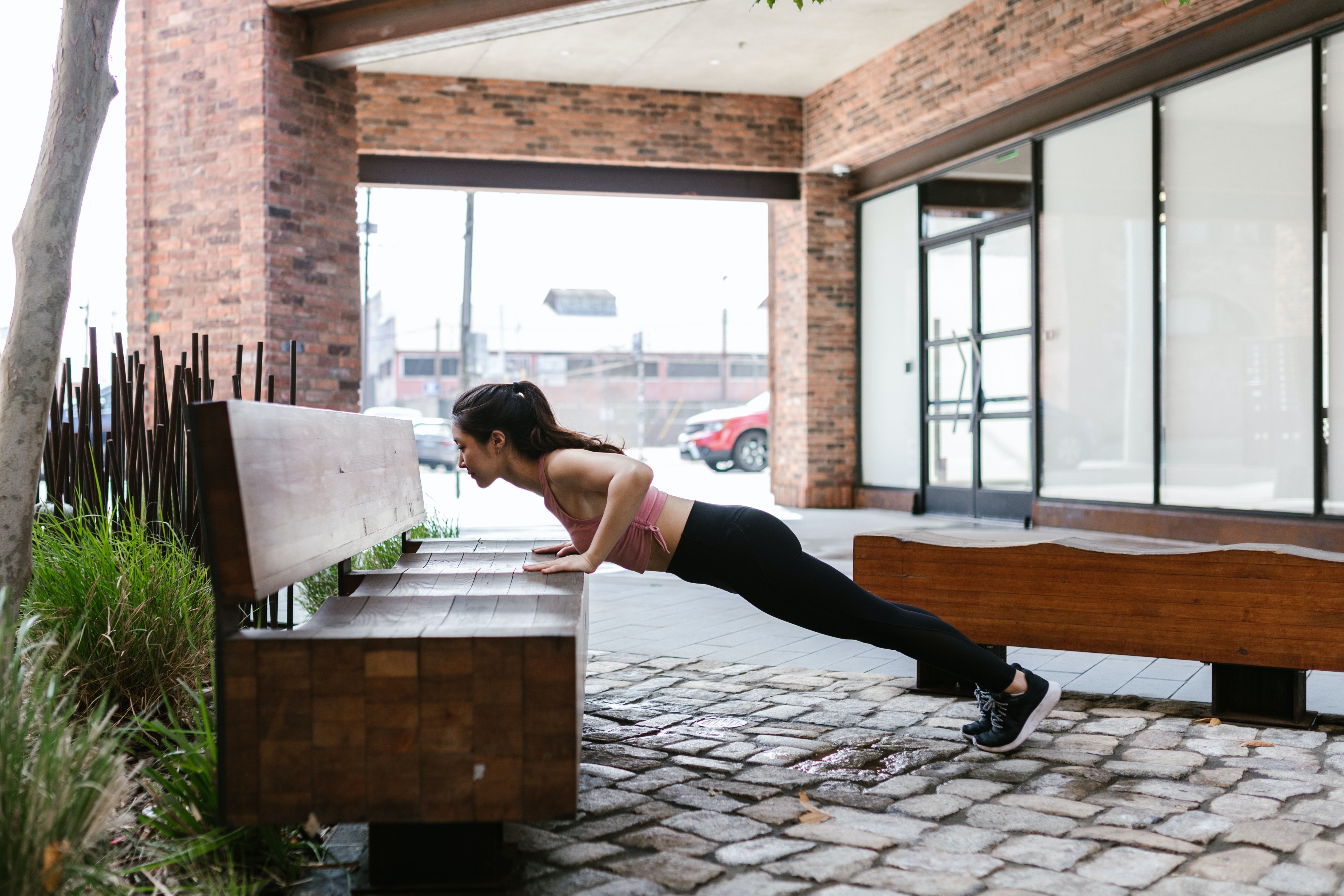
As you move through the warm-up regimen, keep in mind to complete these warm-up exercises in a controlled manner while progressively increasing the intensity. Depending on your degree of fitness and the kind of physical activity you're preparing for, the specific activities you pick may change. Always pay attention to your body's needs and modify the warm-up as necessary.

